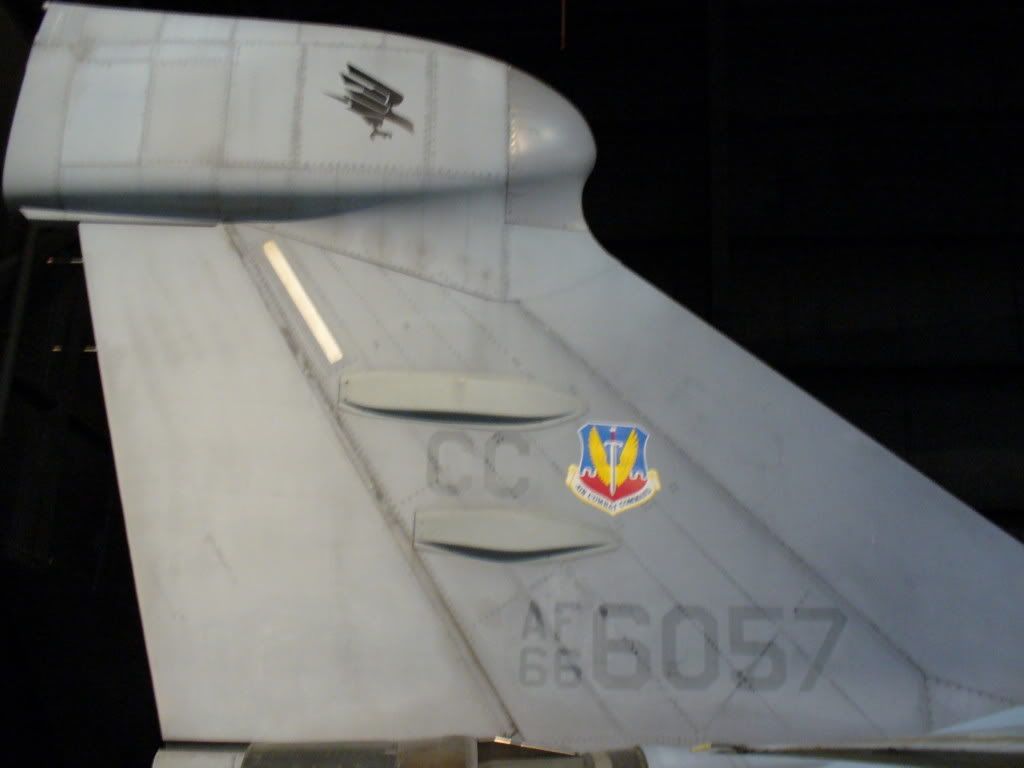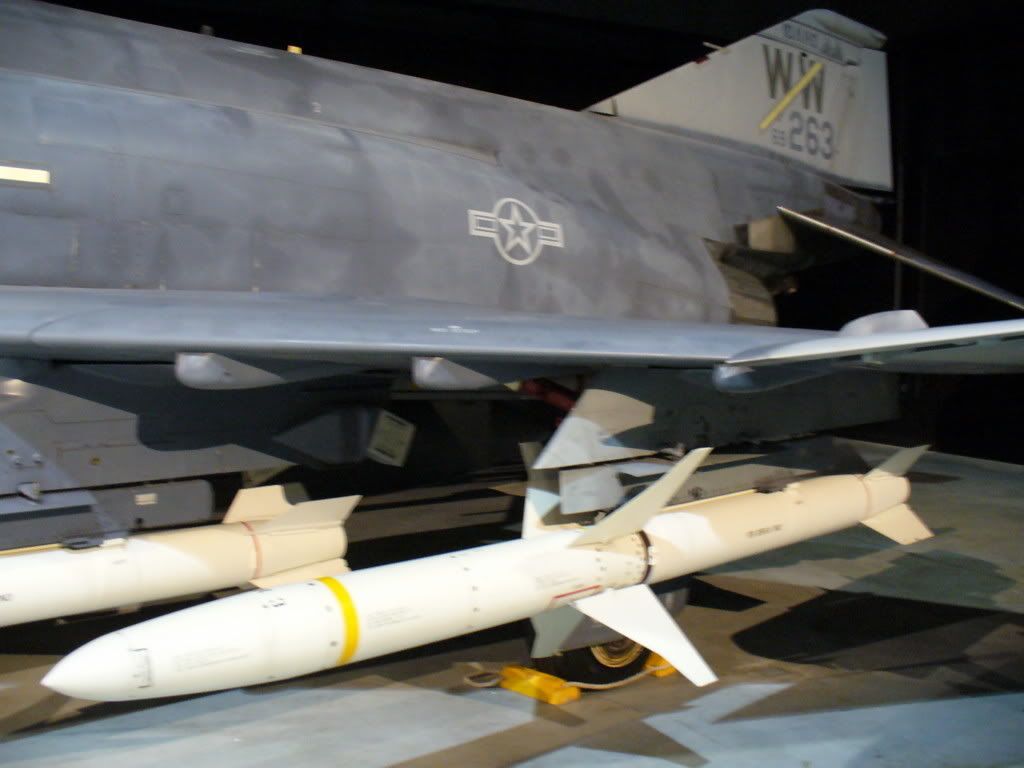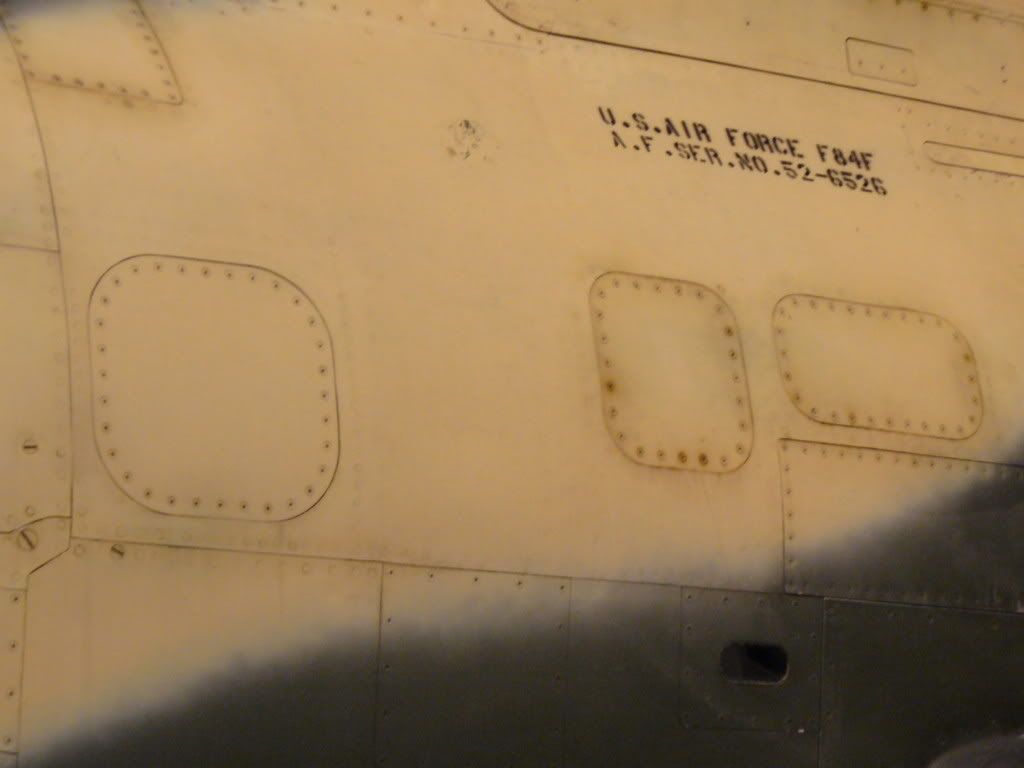The appearance of panel lines depends greatly on the amount of use the aircraft has seen, where it's being operated, what colors it's painted. On A front line inservice aircraft the panel lines are well seen. This is due to dirt being kick up by other aircraft, people walking on, open/closing inspection covers, and such. I included few new pic I took of aircraft wear. Panels that are removed or walked on often will be more visable then others.
I do not pre shade but do post shade. Some hints I can give you are, smaller the scale the less you need to make it look right. Start off light and work up. I usually do not use black to post shade, perfering grays, dark browns, and even drakening up the camo colors just a little. I also use an airbrush to do all my weathering except paint chipping. getting good control over your airbrush will allow to blend in camo, decals, panel lines to make the aircraft look "real" Which is really what you want. Fresh marking on a weather finish looks out of place and lack consistency. If you are dealing with dark colors (blues and black), try to just lighten the higher wear panels and leave the lines you want to stand out alone. Personal perferance plays a large role in weathering and how it is appilied.

IN this pic the lines are actually darker then the low vis marking

pic not good but you can see all the panel lines of this F-4 from 30 feet away

Don't forget hatches as well

This it what happens to alum. when it sits in the weather.
To see some good panel line pics look at the early flying tigers pics.